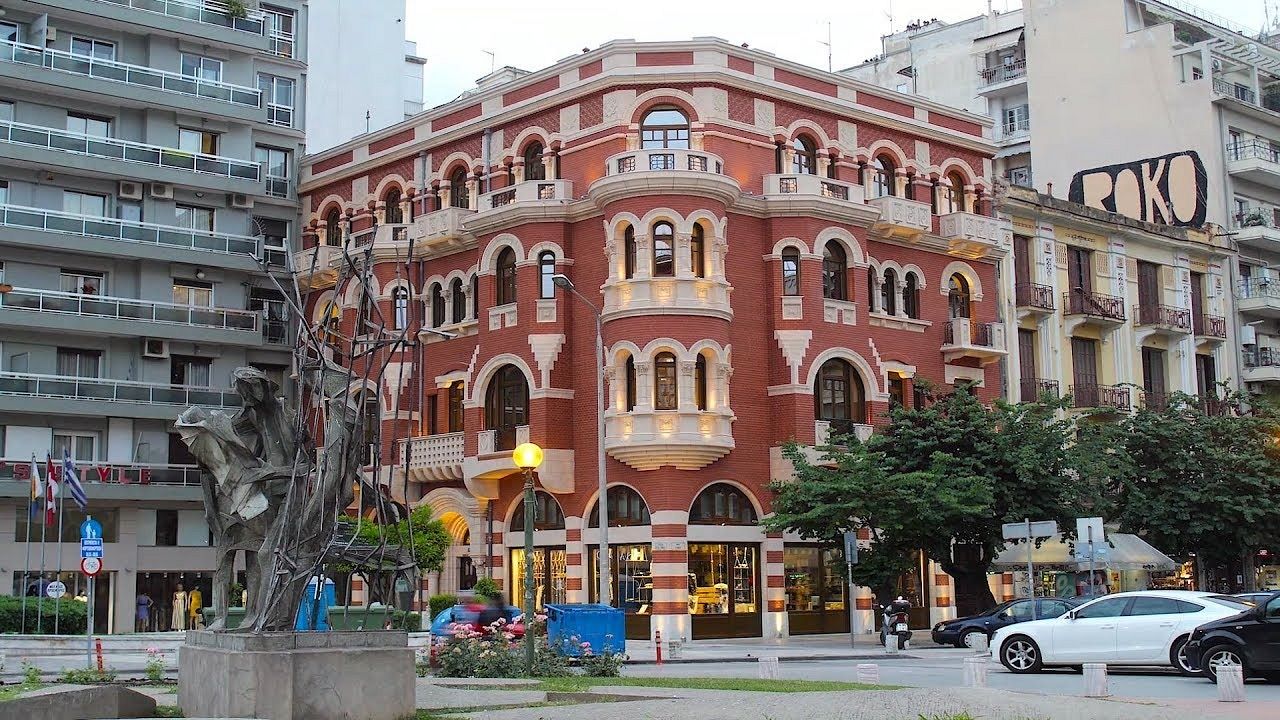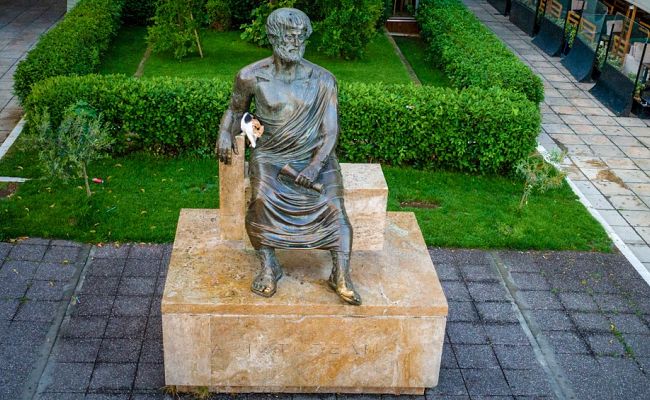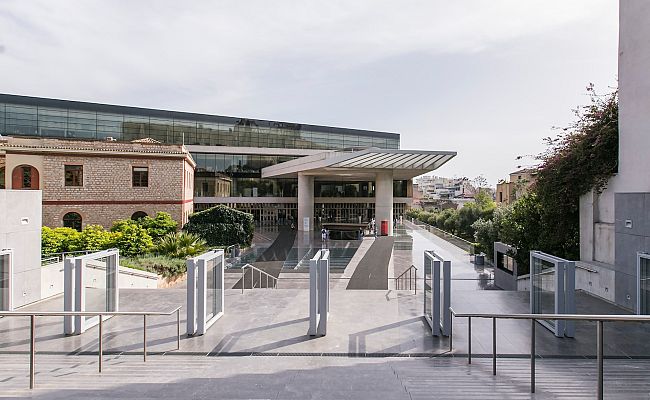The biography of any city, and in particular, an ancient city, is not only about dates and historical events. Cities have their own image, which is given to them by real stories that reflect the lives of tens and hundreds of generations. The most mysterious and inexplicable of them become urban legends: they hide behind the facades of old buildings and in the shadows of city lanes, revealing their secrets to only a few initiates.
It is hard to imagine how many such legends the streets of Thessaloniki have accumulated over 2300 years of its history. One of the most famous was the legend of the Logos mansion, standing at the intersection of Agia Sophia and Ermou streets.
Construction of a mansion
The history of the Logos mansion, or Red House, began in 1926, when the Greek industrialist Ioannis Logos decided to settle with his wife in Thessaloniki, having moved here from Naousa.
Logos was the owner of a large, prosperous weaving industry, and wanted the house to reflect the level of his wealth. He commissioned the Italian architect L. Gennari to implement the grandiose idea, and the large Greek company "Ανώνυμος Οικοδομική Εταιρειών Νέων Χωρών" was directly involved in the construction.
The land plot for construction was not chosen by chance: it belonged to the area burned out during the fire of 1917. Then the fire destroyed 9,500 houses, leaving more than 70.000 people homeless. The plan to rebuild the city included a plot of land located in the heart of Thessaloniki, opposite the famous Agia Sophia. This plot was chosen by Logos for his mansion.
Construction was completed in 1928. The intersection of Agia Sophia and Ermou streets was crowned by a majestic four-story red brick building. Industrial premises were located on the lower floor. The second and third floors were each divided into two separate apartments, and the last level was one large apartment. The industrialist planned to occupy only the upper floor, and use the lower ones for commercial purposes.
The eclectic mansion stood out against the background of other buildings, combining elements of the Byzantine style, rich internal painting and bas-relief of the external facade, with large arched openings and a tower-like shape characteristic of Byzantine palaces and Corinthian capitals.
Curse of the Red House
Logos and his wife, Tomai Karaberis, moved into the mansion immediately after construction was completed. However, the family idyll did not last long: very soon the prosperous company of the industrialist in Naousa was completely destroyed by fire. Just a few years later, while in Switzerland, the Logos himself died. Following him, Tomai also passed away. Around the same time, in 1931, the construction company that was building the house suddenly filed for bankruptcy.
The mansion fell into disrepair and was given to the National Mortgage Bank as collateral. The Logos family did not manage to redeem it back.
The described events gave food to many rumors. It was rumored that the mansion was cursed and brought misfortune to everyone who was related to it. Some believed that the house was haunted. Others believed that vampires lived here, or "close to the earth", as they were once called in Thessaloniki. There were those who claimed to have seen a strange elderly couple entering the house without a key. Suicides, cases of insanity and other mysterious events - that just has not been attributed to the house of the Logos over the years of its existence. The impression was strengthened by the appearance of the mansion: an unusual color for Greek architecture, a mixture of styles, as well as strange symbols depicted on the facade, disturbed the minds of the people for a long time.
New life for the Logos mansion
In 1934, the National Mortgage Bank auctioned off the property to landowner Stergios Missios. Despite the excellent technical condition, the mansion was uninhabited for many years - with the exception of the premises of the lower floor, where until 1992 the Ermis cafe was located, and then a beer pub with the cheerful name Clockwork Pig.
The magnificent apartments of the Red House overlooking the Agia Sophia have been empty for 25 years.
In 1983, by decision of the Ministry of Culture, the building was given the status of a protected historical object. And in 2014, unafraid of stories about the alleged curse, it was bought out by businessman and owner of the Greek football team PAOK, Ivan Savvidis. The entrepreneur completely restored the old building, which was restored both inside and out. Today, its lower floor is occupied by a PAOK brand store. And nothing in the appearance of the building reminds of its dark past and the tragic history of its inhabitants.











